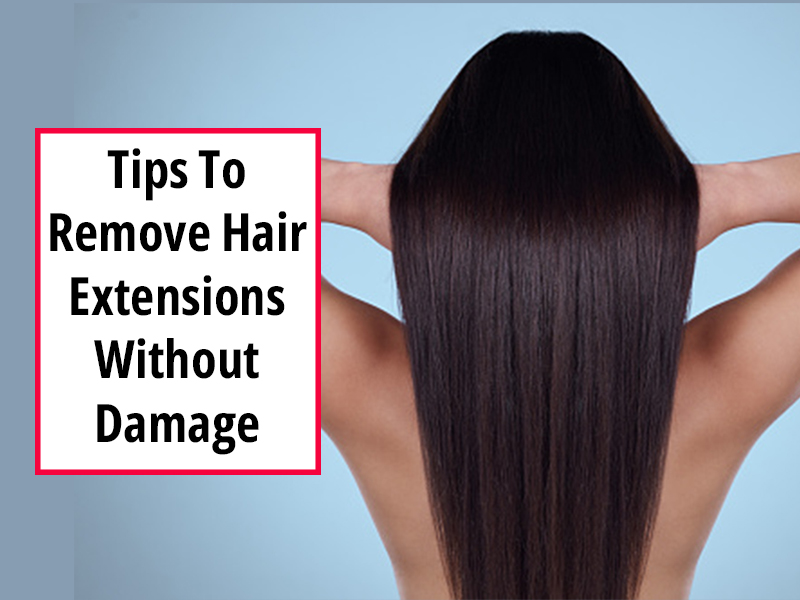Introduction:
Hair extensions can help you achieve any style, from lengthening your hair to adding volume. And these days, you can choose from a wide variety of attachments.
Suggestions for safely removing braided hair extensions.
1. Hand-wash thoroughly
Coarse hair tends to cluster together with time, so if you have kinky or kinky-curly hair, you should avoid washing or drying braids with any product that dries the strands.
Hair “slippage” from oil-based treatments and waterless shampoos can help maintain individual strands healthily and untangled.
If you have an oily scalp and fine or straight hair, rinsing the braids with water and then cleansing the scalp with a cotton ball or swab dipped in an astringent will help with hair odor, scalp health, preventing hair oils from gumming up strands, and fine flyaways.
2. Cover your hair in natural oils before taking out your braids:
Lightweight oils (such as carrot, sunflower, Vitamin E, or coconut) can lubricate the hair before removing braids, making slipping out the hair extensions easier.
3. Switch things up regularly:
Keep braids short or remove them often. Women with coarser hair textures, such as Type 3c and Type 4, should exercise extra caution when styling their hair.
After that, it’s a pain to untangle each hair and clip off the extensions. It would help if you didn’t keep the same braids in for a month. If you want to err on caution, go with four weeks.
4. Comb hair:
After you’ve taken out all of the braids, brush your hair with a natural-bristle brush to get rid of any extension hair you missed. Wash, condition, and style it. However, you like.
5. Undo the braids:
Unravel each braid until you reach the scalp, then work out any knots you find with your fingers. Even though it may take a while, try not to give up and yank the braids out of the top in frustration.
6. Only trim the ends of your hair extensions:
Use hair shears or scissors to trim the ends of your braids.
To achieve the finest results, remove as much of the extension hair as possible before reducing your natural lengths.
The scissors should now be put away. Cutting away tangles or snarls in the extensions would cause more frustration once you begin unbraiding your hair.
7. Maintenance for Attachments of All Types:
After waxing, shaving, or plucking, you should use a shampoo that clarifies the hair to eliminate any stray hairs or residue that may have been left behind.
Especially if you remove the extensions incorrectly, the stress on your hair could cause normal shedding to continue for days afterward.
8. Use a silk pillowcase:
The use of a silk pillowcase, as suggested by Dukes, can significantly reduce the likelihood of wrinkles.
She also notes that the added friction against the hair as you toss and turn contributes to hair breaking.
Similarly, if you sleep with your hair pulled back, a silk scrunchie can help keep your hair in place and prevent breakage.
Keep it loose so that you don’t put undue stress on your hair.
Conclusion:
Adding clip-in extensions is a simple and enjoyable method to experiment with new looks.
To retain your natural hair in good condition while wearing them, remember to take the necessary precautions before, during, and after wearing them.
With any luck, you now know how to remove tape-in extensions carefully and without causing any harm to your hair.
To safely remove hair extensions without damaging your natural hair, use an adhesive remover.

